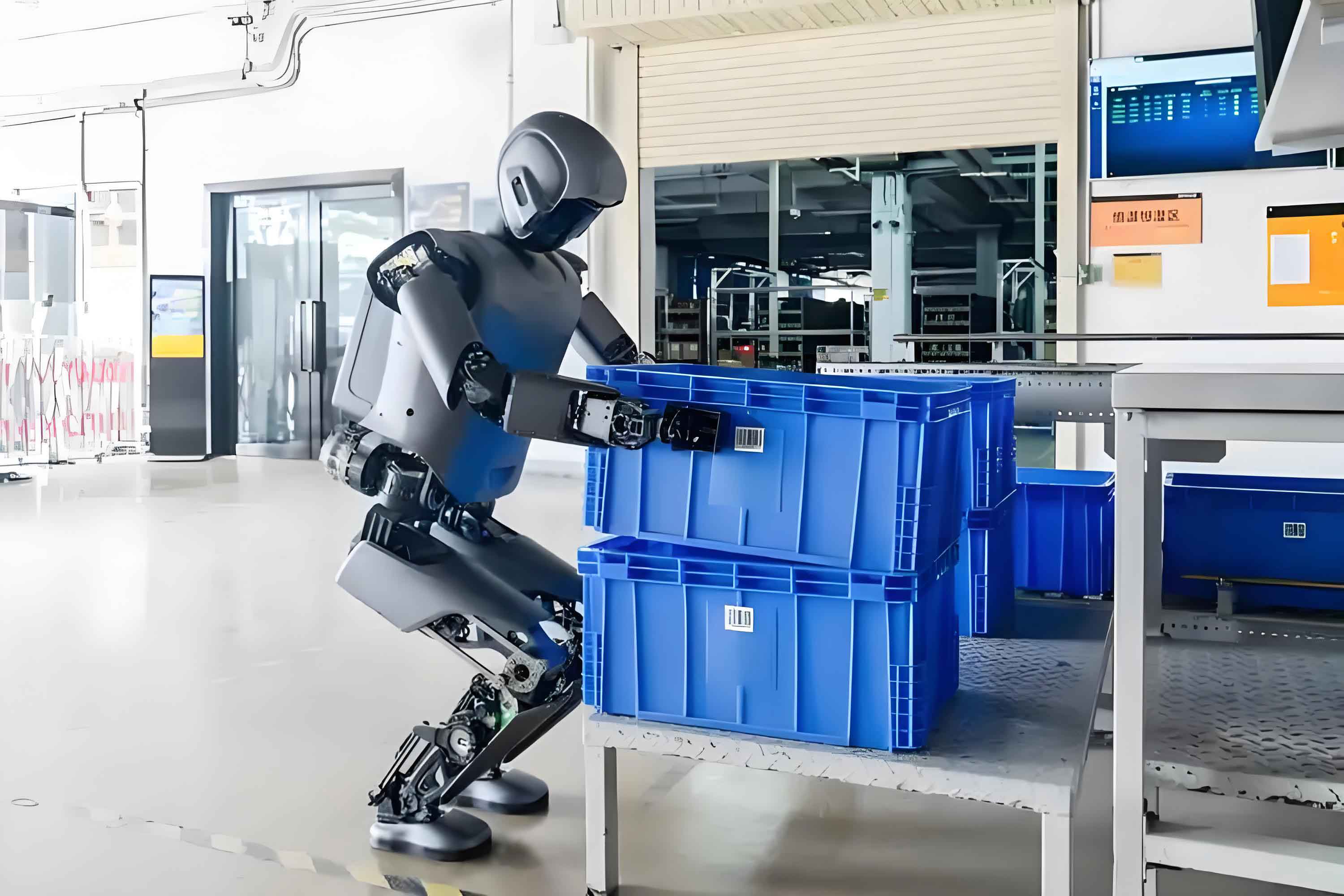
Robots represent modern automated equipment integrating multidisciplinary advanced technologies including mechanics, electronics, control systems, computing, sensors, and artificial intelligence. Since the debut of the first industrial robot in 1959, the robot industry has achieved remarkable accomplishments, finding extensive applications across manufacturing, services, healthcare, defense, and space exploration. China’s robot industry has experienced accelerated growth through technological breakthroughs, market diversification, and policy support, positioning itself as a globally influential player in the robot industry.
1. Current Development Status of Robots
1.1 Global Robot Industry Status
According to the International Federation of Robotics (IFR) World Robotics 2023 Report, global industrial robot sales reached 553,052 units in 2022, marking a 5% year-on-year increase. The electronics/electrical sector recorded the highest demand at 157,000 units (+9.8%), followed by automotive (136,000 units, +16.2%), metal and machinery manufacturing, plastics/chemical products, and food industries. The global robot industry exhibits four defining characteristics:
- Technological Innovation: AI and machine learning enable robots to self-learn and make decisions in dynamic environments. Advancements in computer vision, LiDAR, and depth sensors enhance environmental perception and autonomous navigation, while multimodal sensor fusion improves positioning accuracy.
- Diversified Applications: Beyond manufacturing, collaborative robots gain traction in SMEs, and service robots (e.g., cleaning, education, healthcare) create new market opportunities in the robot industry.
- Dominance of Multinational Corporations: Global giants lead in core components and system integration. Harmonic reducers for industrial robots are monopolized by Japan’s Harmonic Drive, while Fanuc, KUKA, ABB, and Yaskawa dominate industrial robot manufacturing.
- Policy Support: National strategies like China’s “Intelligent Manufacturing 2025,” Japan’s robotics initiatives, Germany’s Industry 4.0, and U.S. innovation policies actively promote the robot industry.
1.2 China’s Robot Industry Status
China has become the world’s largest industrial robot market, with sales reaching 290,258 units in 2022, a 5% increase from 2021. Domestic manufacturers like Efort, Siasun, KUKA China, and Foxconn Industrial Internet have emerged as significant global players in industrial, service, and collaborative robotics, strengthening China’s position in the robot industry.
2. Innovation in Robot Development
2.1 Method Innovation
Virtual prototyping technology addresses traditional manufacturing challenges like slow market response and lengthy R&D cycles. This approach creates digital replicas of robots and their operating environments through real-time modeling and simulation, enabling optimization without physical prototypes. Four virtual prototype types support the robot industry lifecycle:
- Requirement Prototype: Validates technical specifications.
- Concept Prototype: Tests feasibility during design conceptualization.
- Engineering Prototype: Refines detailed designs.
- Final Prototype: Simulates production, assembly, and maintenance.
As a cornerstone of enterprise digitalization, virtual prototyping enhances efficiency and precision in the robot industry while providing foundational support for industrial-informational integration.
2.2 Structural Innovation
Structural innovations expand robots’ operational capabilities across complex environments. Key developments include:
- Serial-Parallel Robotic Configurations: Truss robots (serial) handle material handling in large-scale production, while parallel robots offer superior payload capacity and precision. Advancements range from 2-DOF systems to mature 6-DOF platforms used in aerospace simulators and precision testing.
- Bionically-Driven Structures:
- Modular Reconfigurable Robots (MRRs): Comprising interchangeable modules, MRRs adapt to challenging terrains. Examples include amphibious self-reconfiguring robots capable of underwater operation and free-form truss robots for obstacle navigation.
- Soft Bionic Robots (SBRs): Mimicking biological structures, SBRs excel in confined spaces. Innovations include octopus-inspired arms with embedded sensors and human-like robotic hands with variable-stiffness palms.
- Tensegrity Robots: Combining rigid and flexible elements, these systems achieve high compliance and adjustable stiffness. Applications include robotic fish that emulate natural swimming and avian-inspired necks for complex manipulation tasks.
3. Suggestions for Innovation and Development of China’s Robot Industry
3.1 Accelerating Cross-Domain Innovation
- Collaborative Innovation: Establish industry alliances integrating R&D institutions, enterprises, and government to enhance the robot industry’s global competitiveness.
- Business Model Innovation: Develop customized solutions for manufacturing, logistics, and healthcare to expand market opportunities in the robot industry.
- Method-Structure Integration: Incorporate AI, cloud computing, and modular design to advance robotic systems.
- Service and Application Innovation: Promote service model transformations through robotics and integrate robot technology with IoT and big data analytics.
3.2 Strengthening R&D and Domestic Market Utilization
Prioritize breakthroughs in core technologies like precision reducers, control systems, and sensors. Leverage China’s vast manufacturing base as a testing ground for domestic innovations to build self-sufficient supply chains and reduce dependency on foreign technology in the robot industry.
3.3 Learning from International Models
Adapt successful strategies from global leaders: Implement Germany’s Industry 4.0 principles for smart manufacturing integration; adopt Japan’s precision engineering approaches; and emulate South Korea’s public-private R&D collaboration models to advance China’s robot industry.
3.4 Leveraging Cross-Industry Expertise
Apply lessons from other sectors: Huawei’s global-local innovation strategy, China’s high-speed rail technology absorption model, and service robotics integrations like iFlyTek’s AI assistants and Baidu’s DuerOS platform demonstrate transferable frameworks for robot industry advancement.
4. Conclusion
Innovation remains central to China’s robot industry evolution. Through technological breakthroughs and strategic market positioning, China has progressed from technological follower to innovator in industrial automation, service robotics, and intelligent manufacturing. Core advancements in control systems, sensors, and drive mechanisms, coupled with cross-industry integrations, have established a robust industrial ecosystem. Future growth will be fueled by emerging applications in agriculture, medical services, and education, solidifying China’s role in shaping the global robot industry landscape.